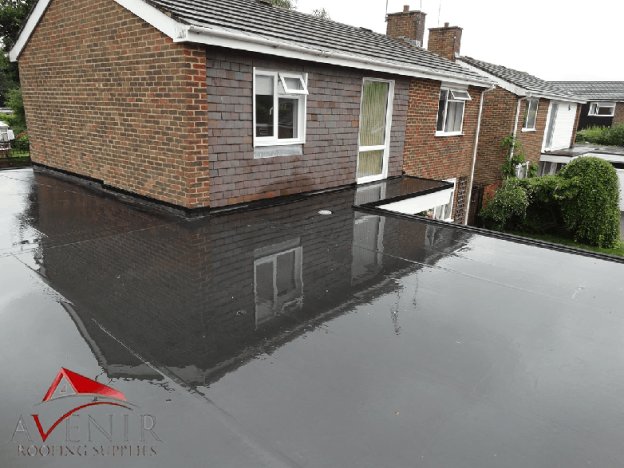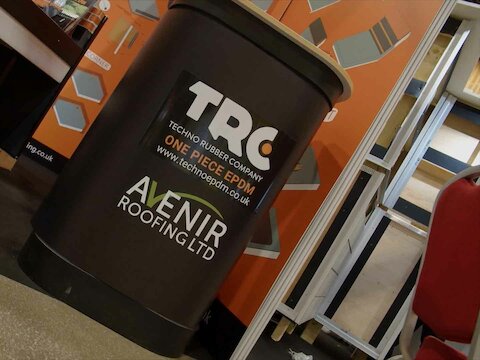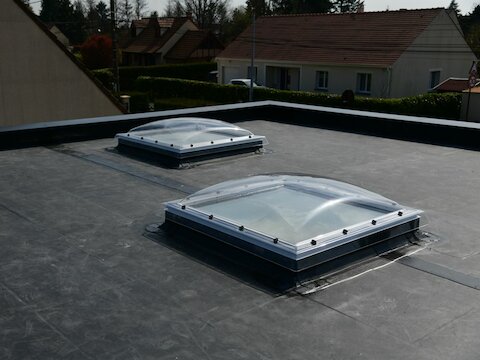Do I have a Roof Leak or Condensation?

Finding any amount of water damage in your home can be worrying for anyone. However, homeowners can sometimes be too quick to judge a water stain as a leaking roof when there could in fact be another culprit – condensation.
While both these issues can be irritating and lead to more serious problems, knowing how to identify, deal with and prevent them from occurring in the future is important.
To an untrained eye, it is not always easy to recognise whether a stain has been caused by a leaking roof or just condensation. So, here are some sure-fire ways of identifying the source of water damage and how to prevent it in the future.
Is it condensation?
Condensation forms when warm, moist air comes into contact with a colder surface and releases excess moisture on the surface. During the colder months, frost can build up under your roof. Once it melts, the moisture can mimic a leak and cause a stain on your ceiling.
Condensation is frequently caused by hot showers and baths, washers, cooking and fireplaces. It is usually found in:
- Kitchens
- Bathrooms
- Window Cavities
- Light Fixtures
Another tell-tale sign of a condensation stain is its appearance. Condensation will appear blotchy, where the water droplets have formed on the surface.
How do I prevent condensation?
The two key things to remember when preventing condensation in your home are ventilation and insulation. Controlling the humidity in your home is key to preventing condensation from forming.
There are some simple steps that you can take to do this. Why not try opening the bathroom window when you take a shower or bath? Using your extractor fan as you are cooking stops excess steam from being released into the air.
Properly insulating your attic or flat roof is crucial to maintaining the air temperature. By keeping the area warm it will keep it free of moisture and therefore, condensation will not be able to form.
Is it a leak?
The location of a ceiling stain is a good way of telling if it’s indicative of a leak. They will likely be found in areas where condensation is not prone to gather. For example, directly below a roof. Unlike a condensation stain, a leak will appear as a solid patch.
Weather permitting, the easiest and more foolproof way of checking if water damage is caused by a leak is to go outside and search for evidence of missing or deteriorating roof shingles. This is a solid indication that water is able to get through.
While leaks can be due to excess rain or issues with your roof, in the winter months, it is likely that leaks will be caused by ice dams. While these occur more frequently on flat roofs because of pooling in the centre, they can be easily avoided.
How do I prevent leaks?
Choosing the right material, ventilation and guttering should prevent leaks, including ice dam leaks. Good ventilation and guttering in your loft removes excess heat and extends the lifespan of your roof.
For more information about preventing leaks, we’ve compiled a full list of tips here.
Choose Firestone EPDM
As we’ve just mentioned, choosing the right roofing material is crucial to preventing water damage and leaks. Firestone EPDM has a durable rubber membrane and a 50 year life span, which we recommend for a reliable flat roof solution. EPDM is virtually immune to cold-cracking, so you can be safe in the knowledge that your roof will stay intact in even the worst weather. If you have any other questions about preventing roof leaks or water damage, feel free to contact our team.




